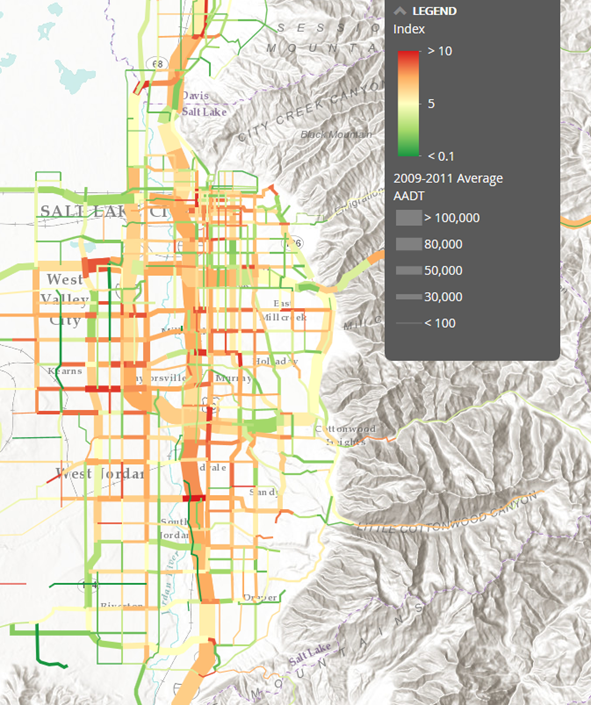Historically, people’s interaction, including where and how, has been captured by different systems. This is because people go through many channels: social media, online apps, email, coupons, or brick-and-mortar stores. Location can be used to collect this information and serve as a common denominator to bring it all together. And this can be easily done with Location-as-a-Service (LaaS).
LaaS is a new concept that combines the two main categories of cloud computer services—platform infrastructure and software as a service (SaaS). LaaS does this in three ways:
- Location provides a platform to develop, run, and manage analytics and embedded applications without the need to build similar analytics and data maintenance infrastructure into other enterprise apps and systems.
- LaaS is the infrastructure to manage store, and distribute location-specific dta and capabilities between different departments and organizations. LaaS services are provisioned to be available and scale on demand while using the same enterprise identity management and security rules.
- LaaS delivers software and apps on a centrally hosted subscription basis that can be used by anyone in the entire organization anywhere, anytime, on any device.
LaaS helps retailers discover trends and patterns that underlie consumer response and behavior by understanding not just who and what but also why and where. Using LaaS, retailers can develop new analytical methodologies around other business systems, as well as knowledge-focused workflows and on-demand analytics, using the specific lens of location.
